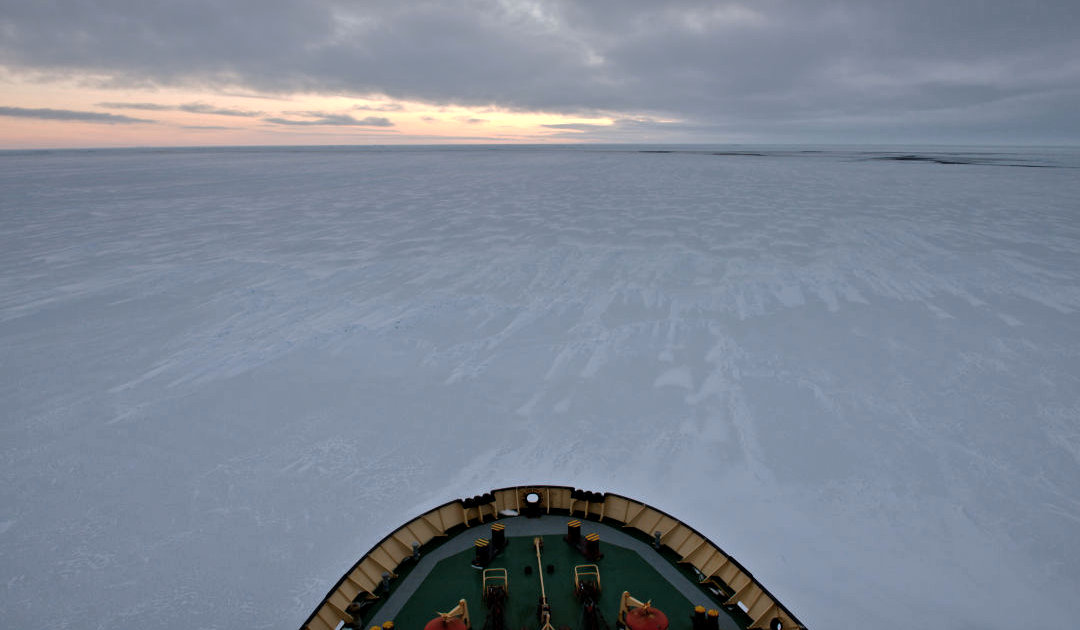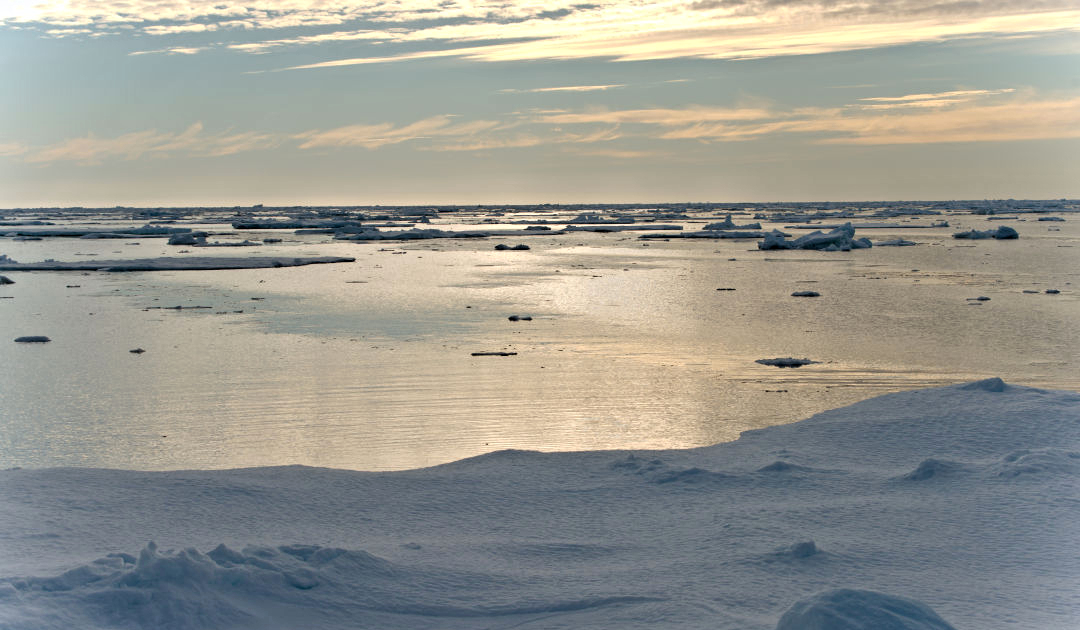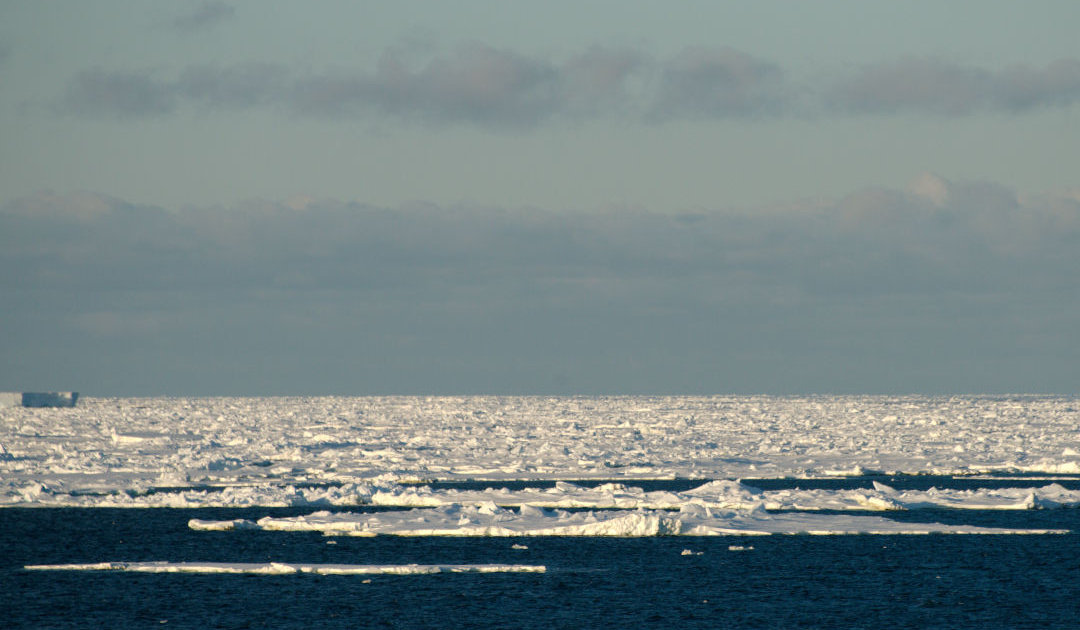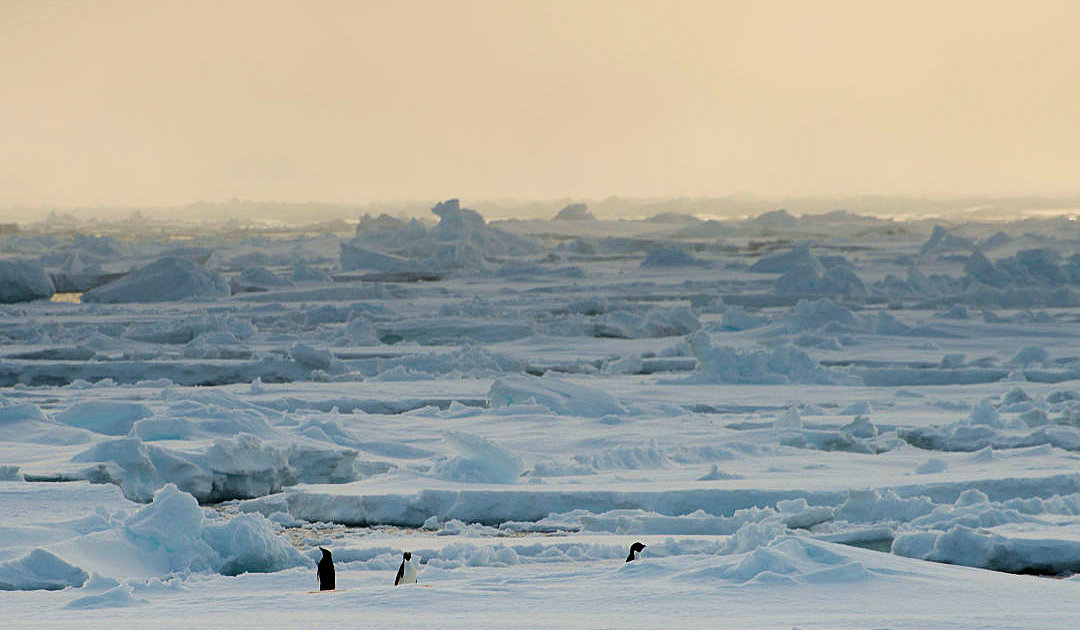
In the Arctic, sea ice loss is one of the most visible effects of climate change. In doing so, the measurements and observations follow the predictions of the scientific models quite closely. But things look different in Antarctica. The behavior of Antarctic sea ice does not follow the predictions of the models used so far. A study by the Alfred Wegener Institute (AWI) has now provided a possible explanation.
The behavior of Antarctic sea ice to remain constant instead of melting, also known as the “Antarctic paradox”, may be much more influenced by ocean eddies than previously thought. This is the conclusion of the study conducted by researchers from the AWI, the Russian Shishov Institute of Oceanology, the Jacobs University in Bremen and the University of Bremen. “This so-called Antarctic sea ice paradox has preoccupied the scientific community for some time,” says study first author Thomas Rackow of AWI. “The current models cannot yet correctly describe the behaviour of the Antarctic sea ice; some key element seems to be missing. With our study, we now provide a basis that could make future projections for Antarctica much more reliable.”

The research team used a climate model established by the AWI, the AWI Climate Model (AWI_CM), to uncover the mystery of the paradoxical behavior. This model, unlike many others, has the advantage of running highly detailed simulations regionally. This allows small changes to be included, in this case ocean eddies which are only 10-20 kilometers in diameter. “We used a broad range of configurations for our simulations. In the process, it became clear that only those simulations with a high-resolution description of the Southern Ocean encircling the Antarctic produced delayed sea-ice loss similar to what we are seeing in reality,” Rackow further explains in the AWI press release.

For years, teams of scientists have been discussing and investigating the reasons for the Antarctic Paradox. Theories such as increased freshwater input covering the sea ice like a lid on the surface, or increased westerly winds around the continent further dispersing the ice, are also being considered and incorporated into model simulations. But the eddies, according to the research team, have only been considered in a coarse resolution. In detail: heat from the atmosphere is drifted northward through the Southern Ocean, removing it from the system. This transport is related to the circulation of the mixing of the water masses in the uppermost 1,000 meters. The decisive factors are winds and turbulence in the water. In previous models, their contribution was overcompensated and the heat toward Antarctica was estimated to be too high. However, the AWI_CM shows that, at a higher resolution, the eddies remain neutral however, meaning the amount of heat transported northward is higher and thus does not cause the Antarctic sea ice to melt as rapidly. As a result, the Southern Ocean is not warming as fast as previously predicted, and the ice is persisting longer.

Does this now mean that Antarctic sea ice will withstand global warming? Not really, according to the authors. “When we then extended the model into the future, even under a highly unfavourable greenhouse-gas scenario, the Antarctic sea-ice cover remains largely stable until mid-century. After that point the sea ice retreats rather rapidly, just as the Arctic sea ice has been doing for decades,” Rackow continues. So this means that penguins and the other organisms that depend on Antarctic sea ice will only get a reprieve, not a pardon.
Dr Michael Wenger, PolarJournal
More on the subject:





